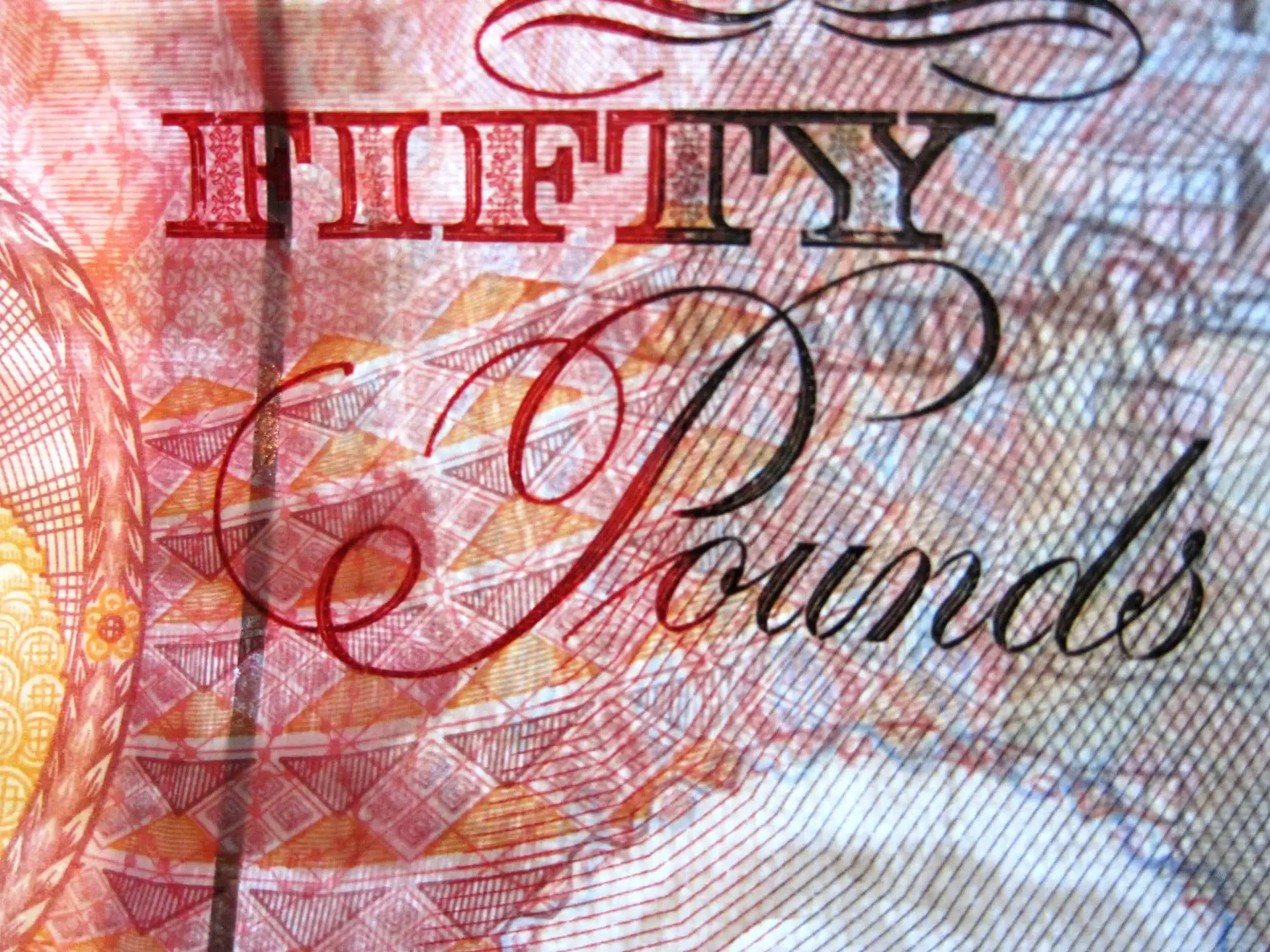Taxpayers on the Isle of Wight will pay more for council services than those in Cornwall, Hampshire and Bournemouth.
It comes after a near five per cent increase in council tax was approved for Isle of Wight residents on Wednesday.
Band D – £1,871.61
Island Band D households will have to fork out £86.46 more a year — taking the council tax bill up to £1,871.61 a year from 1st April.
Across the water, Hampshire County Council has agreed to ask its Band D residents for £1,460.25.
That is £357 less than an Island Band D household.
Second highest in the region
Looking at nine local authorities across the south of England, the Isle of Wight sits second in the list for the highest average council tax.
It misses the top spot by £88.32 to Dorset Council, who asks a Band D household for £1,905.93 a year, after it agreed to increase its council tax this year.
Costs more to provide services
However, as it has been widely reported over the last ten years, the stretch of water between the Isle of Wight and the Mainland, means that it costs the council in the region of £6-10m more each year to provide the same services as their counterparts on the Mainland.
Comparisons
How do all Band D tax rates compare?
- Dorset Council – £1,905.93
- Isle of Wight Council – £1,817.61
- Cornwall Council – £ 1,802.79
- Southampton City Council – £1,726.47
- East Sussex County Council – £1,693.80
- Bournemouth, Christchurch and Poole Council – £1,683.23
- Portsmouth City Council – £1,648.87 (to be approved next week)
- West Sussex County Council – £1,633.41
- Hampshire County Council – £1,460.25
Every year a public authority has to set a legal and balanced budget — which in most instances sees an increase to the amount residents pay towards council services.
This article is from the BBC’s LDRS (Local Democracy Reporter Service) scheme, which News OnTheWight is taking part in. Some alterations and additions may have been made by OnTheWight. Ed
Image: Images Money under CC BY 2.0





